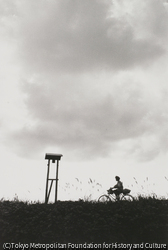
- Collection of
- Tokyo Photographic Art Museum
- Series title
- Children the Year Around
- Title
- Artist Name
- UEDA Shoji
- Material / Technique
- Gelatin silver print on developing-out paper
- Dimensions
- 321x218mm
- Accession number
- 10100311
- Tokyo Photographic Art Museum “Search the Collection”
- https://collection.topmuseum.jp/Publish/detailPage/35916/
About the creator
植田正治 / UEDA Shōji
from Art Platform Japan: https://artplatform.go.jp/resources/collections/artists/A1127
- Date of birth
- 1913-03-27
- Birth place
- Saihaku District, Tottori Prefecture
- Date of death
- 2000-07-04
- Death place
- Yonago City, Tottori Prefecture
- Medium
- Photography
- Gender
- male
- Update date
- 2023-02-14
Identifiers
- APJ ID
- A1127
- VIAF ID
- 96366235
- NDL ID
- 00087813
- ULAN ID
- 500093482
- AOW ID
- _00604379
- Wikidata ID
- Q3107892
Other items of Tokyo Photographic Art Museum (40725)
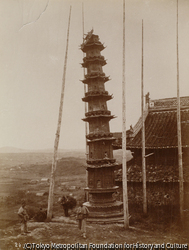
(Photographs of China)
Photographer unknown
Tokyo Photographic Art Museum
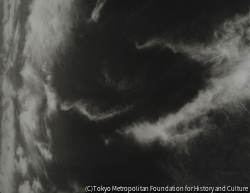
Untitled (clouds)
STEINER, Ralph
Tokyo Photographic Art Museum
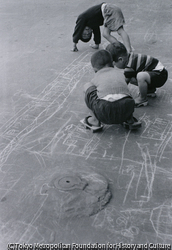
Children of Koto Children on the Street
DOMON Ken
Tokyo Photographic Art Museum
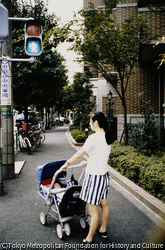
Afternoon Smiles
KUWABARA Kineo
Tokyo Photographic Art Museum

Self-portrait (after Man Ray 21)
MORIMURA Yasumasa
Tokyo Photographic Art Museum
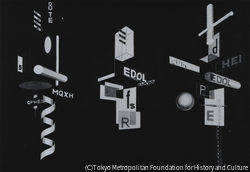
Portfolio 7 Study for Light Advertisement (Plastic Workshop)
EHRLICH, Franz & LOEW, Heinz
Tokyo Photographic Art Museum
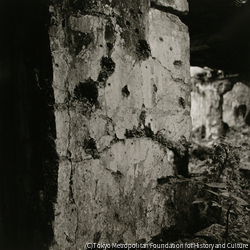
The Islands of Silent Cries Bullet Holes in the Barracks
ENARI Tsuneo
Tokyo Photographic Art Museum

Topography
KOBAYASHI Norio
Tokyo Photographic Art Museum
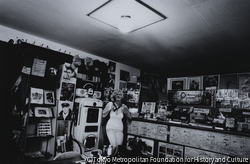
Quiet Town Monroe's Store
SAKURAI Shu
Tokyo Photographic Art Museum
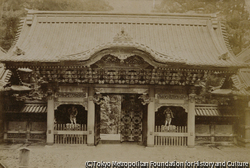
Nikko Yashamon
UCHIDA Kuichi
Tokyo Photographic Art Museum
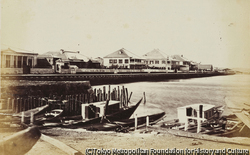
THE BUND, LOOKING EAST FROM FRENCH HATOBA.
Photographer unknown
Tokyo Photographic Art Museum

untitled
KURIGAMI Kazumi
Tokyo Photographic Art Museum

Shin-Sekai Gekijo (theater) (I) Osaka in the new year, Shin-Sekai
DODO Shunji
Tokyo Photographic Art Museum
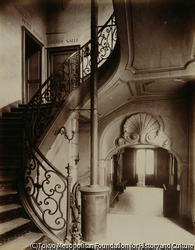
Former Monestary of the English Benedictine Congregation, 269 Saint-Jaques Street
ATGET, Eugène
Tokyo Photographic Art Museum

Still Life #93 ST 402
IZU Kenro
Tokyo Photographic Art Museum
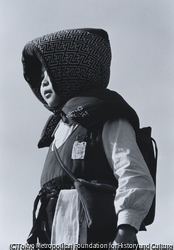
Tokyo 1941-46 Air Defense Drill 1
KIKUCHI Shunkichi
Tokyo Photographic Art Museum

